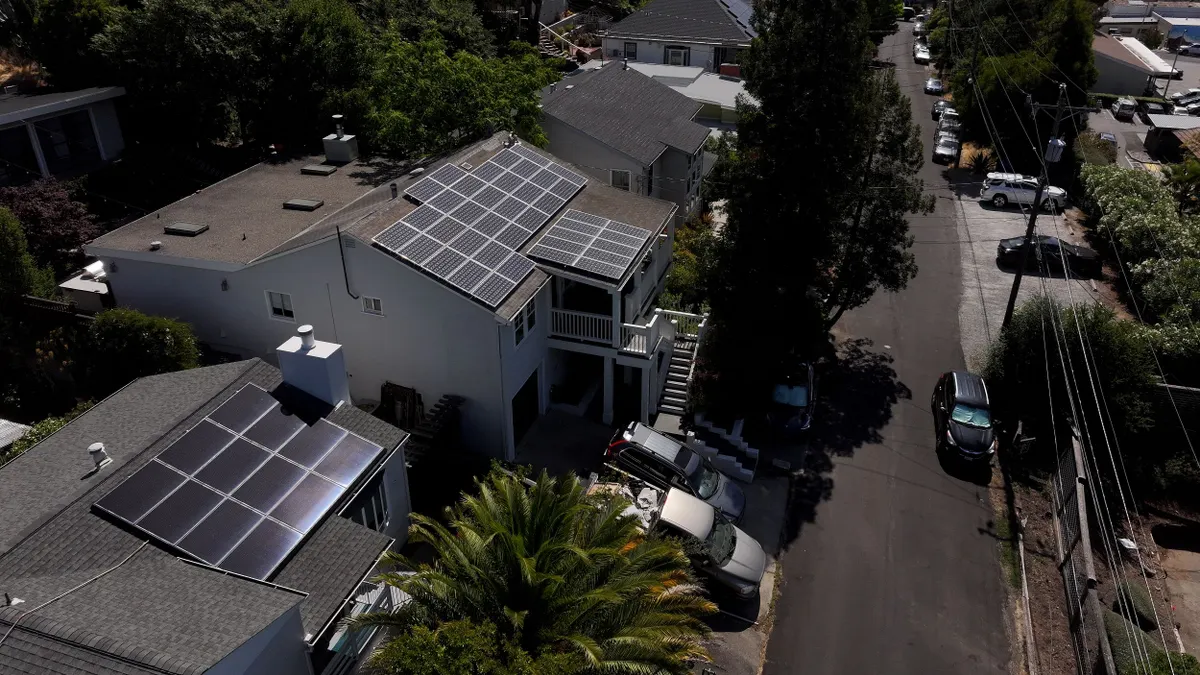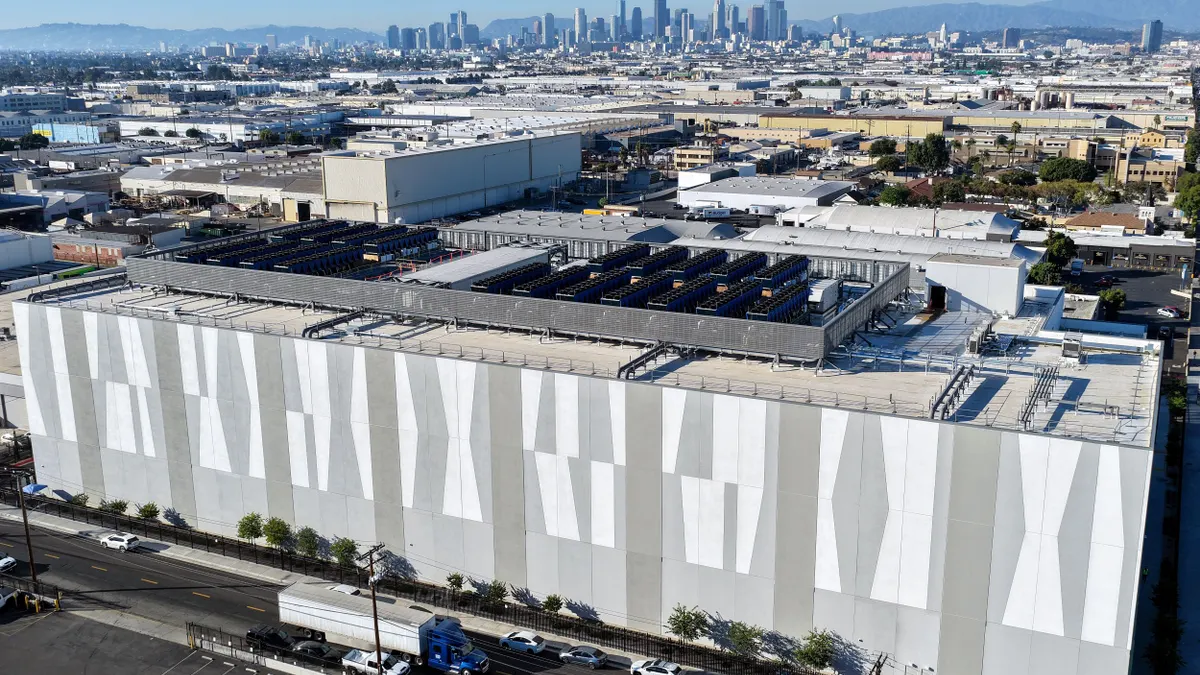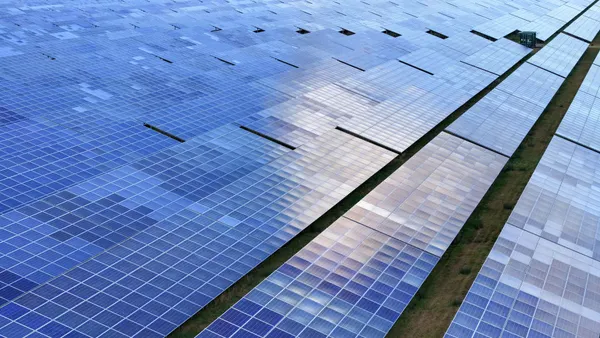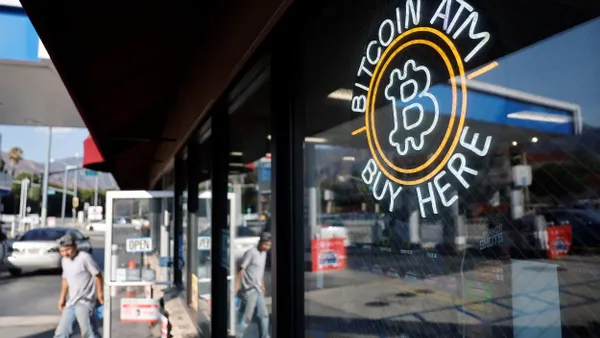Fewer solar developers reported delays in the third quarter of 2025 compared to the same period last year, the Energy Information Administration said in a Monday report.
In the third quarter this year, “solar projects representing about 20% of planned capacity reported a delay, a decrease from 25% in the same period in 2024,” EIA said.
“Despite the relatively high number of projects reporting delays in 2024, that year was a record year for U.S. solar capacity additions,” EIA said. Developers added around 31 GW of utility-scale solar capacity last year, though their projections at the beginning of the year forecasted 36 GW in additions.

“Because survey respondents may not anticipate the occurrence or duration of delays, ultimate capacity additions tend to be less than the expected amount that developers report to us at the beginning of the year,” EIA said. The agency said in February that it predicts 32.5 GW of utility-scale solar will be added this year, indicating that less solar may come online this year than last year, despite the decrease in delays.
EIA also noted that delays are more common than cancellations, and “less than 1% of planned solar capacity is entirely cancelled in a typical month … Much of the reported delayed capacity occurs at projects that are in the late construction or testing phases just before they come online. These delays are typically only for a month or two.”
Justin Baca, vice president of markets and research at the Solar Energy Industries Association, said in an email that it’s “important to note that most of the solar capacity that has come online this year began construction last year.”
“The vast majority of what began construction this year received permits prior to July of this year, when the memo from the Department of the Interior slowing permitting was released,” Baca said. “As such, this data does not yet reflect the recent permitting obstruction, including from the DOI memo. There’s no question that the hundreds of projects in the pipeline remain at risk of indeterminate and indiscriminate hold-ups.”
Solar developers are reportedly racing to break ground on projects after the One Big Beautiful Bill Act shortened the timeline to qualify for Inflation Reduction Act tax credits, but provided a safe harbor provision for wind and solar projects that commence construction before July 4 next year.















